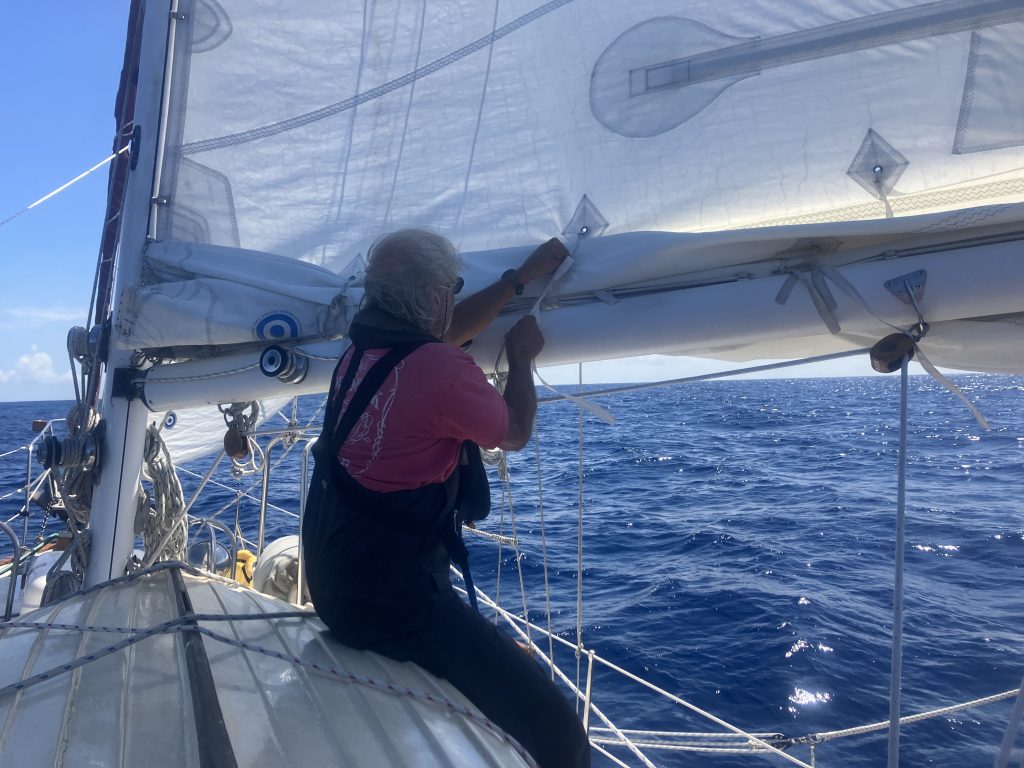
We left Horta a bit later than expected, but we found a good window that didn’t involve much motoring (a common problem). Surprisingly our first afternoon out found us reefing down three times after a few hours, and a pop alerted us to something broken on the newly working windvane. Operator error this time, as Trip had not epoxied one of the turning block pads well enough, so the autohelm carried us through, despite 30 knots of wind.
This trip the weather was absolutely fantastic, it was the boat that let us down a few times. Trip was able to repair the epoxy job on the windvane, but we had to wait 24 hours for the seas to calm. By then we were motoring, except the alternator wasn’t charging the batteries, which we desperately needed. Ugggg, hoping that wind and sun would charge the batteries, which hasn’t worked so well on other offshore passages. Luckily Trip had a couple of reference books and was able to sort out the alternator problem and remedy it. Whew.
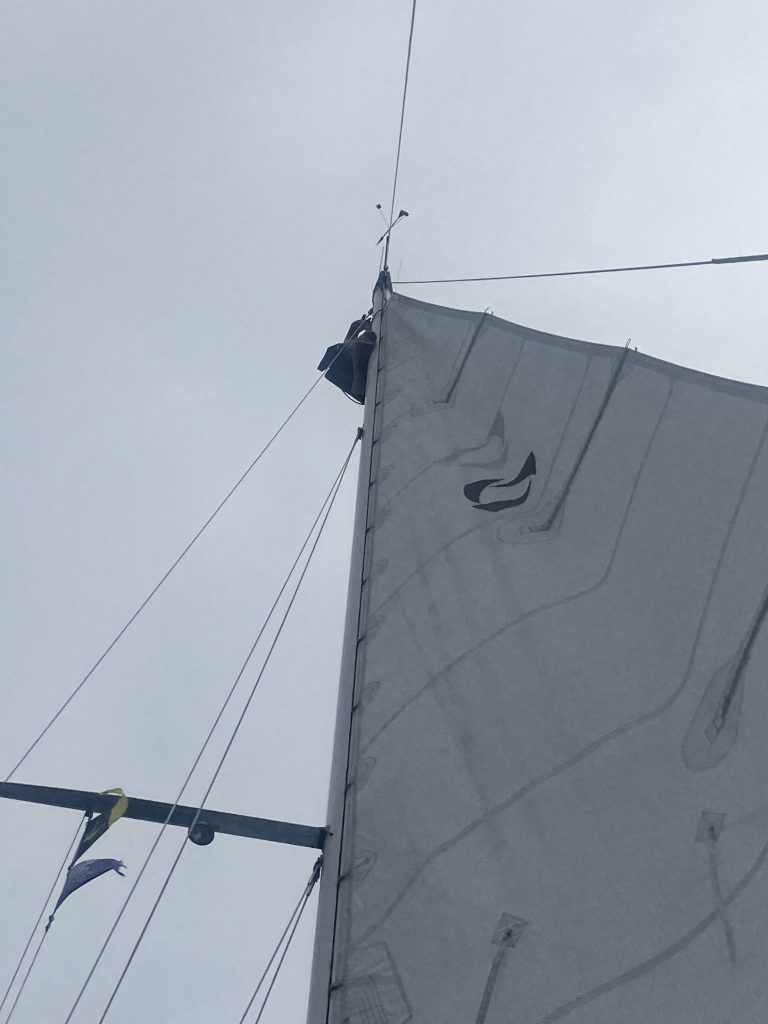
Of course we weren’t done with boat problems. We were ready to sail again, killed the engine, and rolled out a bit of jib. Suddenly we heard a bang and immediately started looking around. I noticed the jib swaying much more than normal, Trip looked up and realized the headstay had snapped. We managed to furl the jib and next thing we knew he was climbing the mast in relatively, and surprisingly, calm conditions, wind and sea-wise. He was able to free the remnants of the stay, and to attach a line of dyneema (rope-like material that has the strength of stainless steel) that we ran down to the front of the boat where it was attached to a 4:1 vang (block & tackle). Combined with that; the jib halyard was still attached (with the jib), we moved the spinnaker halyard forward, and the inner stay for the staysail all worked in our favor to keep the mast in place. Trip eased the backstay a bit, and we kept our fingers crossed that the rig would hold.
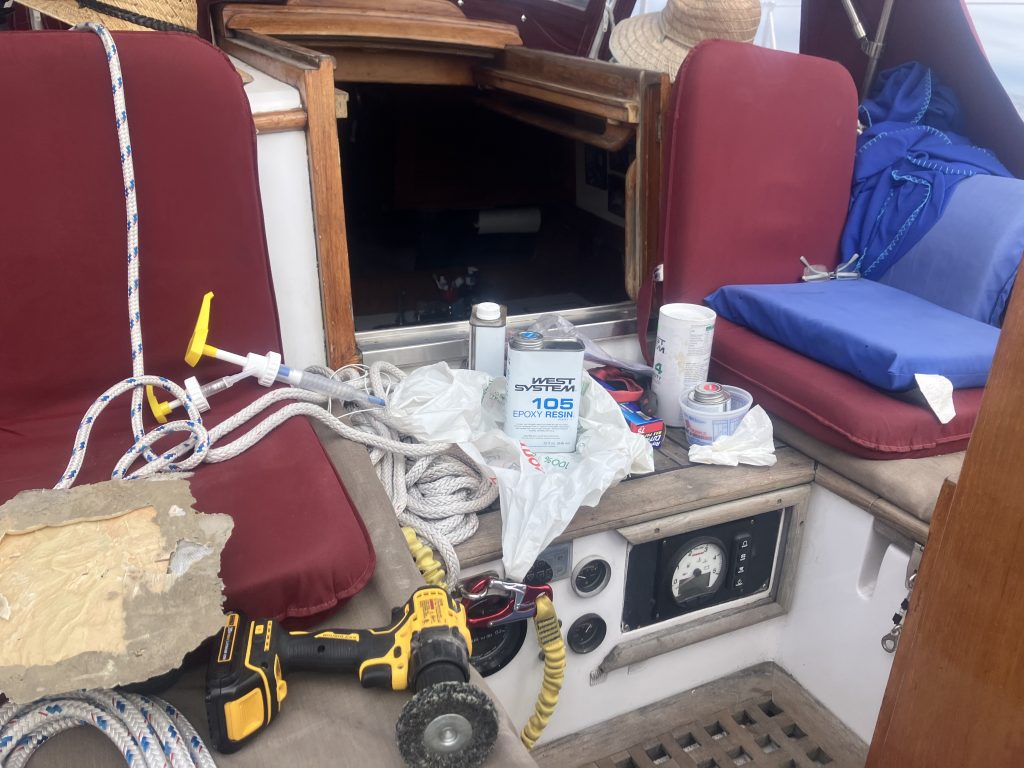
The weather held in our favor and we managed a beautiful sail for the next several days. It wasn’t easy, hand steering at times when the power supply dipped again, managing an accidental gybe when the preventer broke, and sitting through one night of soaking rain, but we made it. Not only that, but despite the reduced rig (triple reefed main and staysail) we only took one day more than planned.
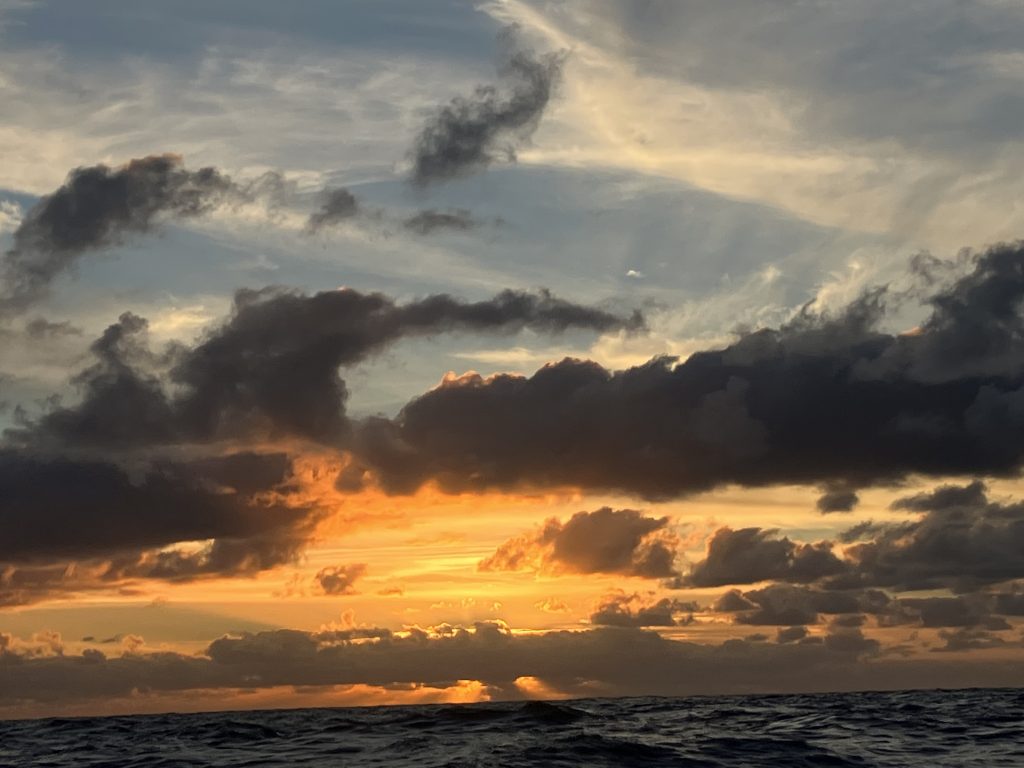
Thanks to the Iridium Go and cruising guides, we made contact with a marina and marine supplier just outside of Porto in Leixoes, Portugal. We knew we could start out at anchor and move into the marina to make the repairs. Best of all, we knew we could see Porto by bus in just half an hour!
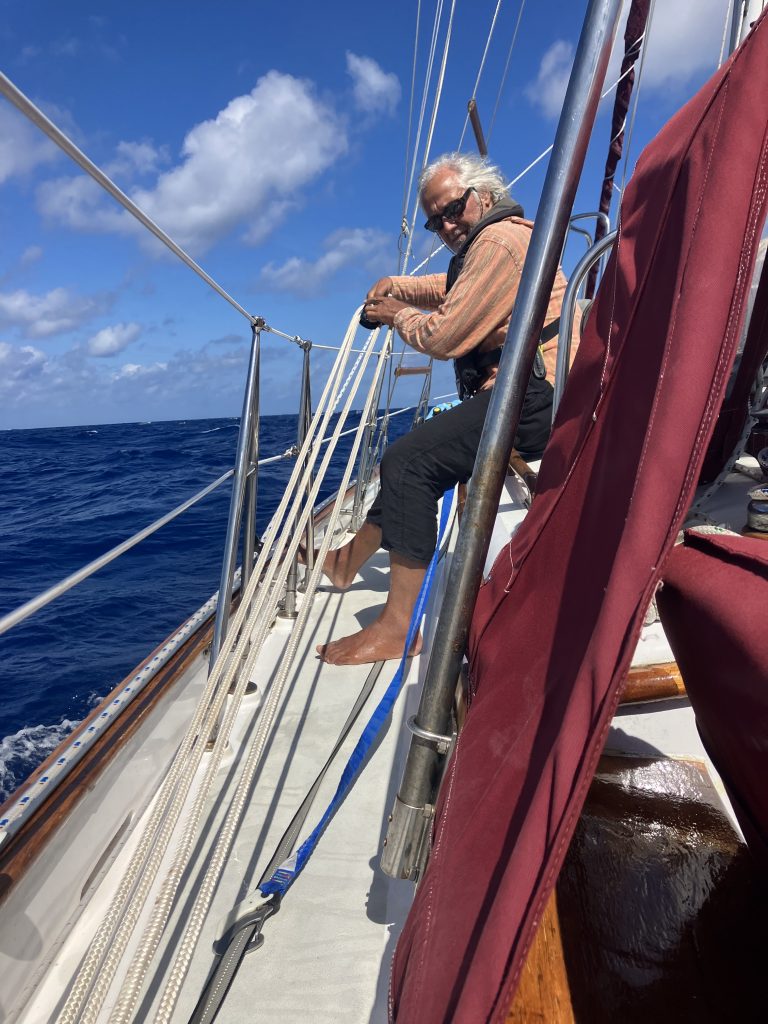
With just a few hours to go and with landfall in sight, we had our first whale sighting on this passage! It surfaced only 20 feet or so next to us, coming up several times alongside before it moved on. What a fabulous omen for dropping anchor!
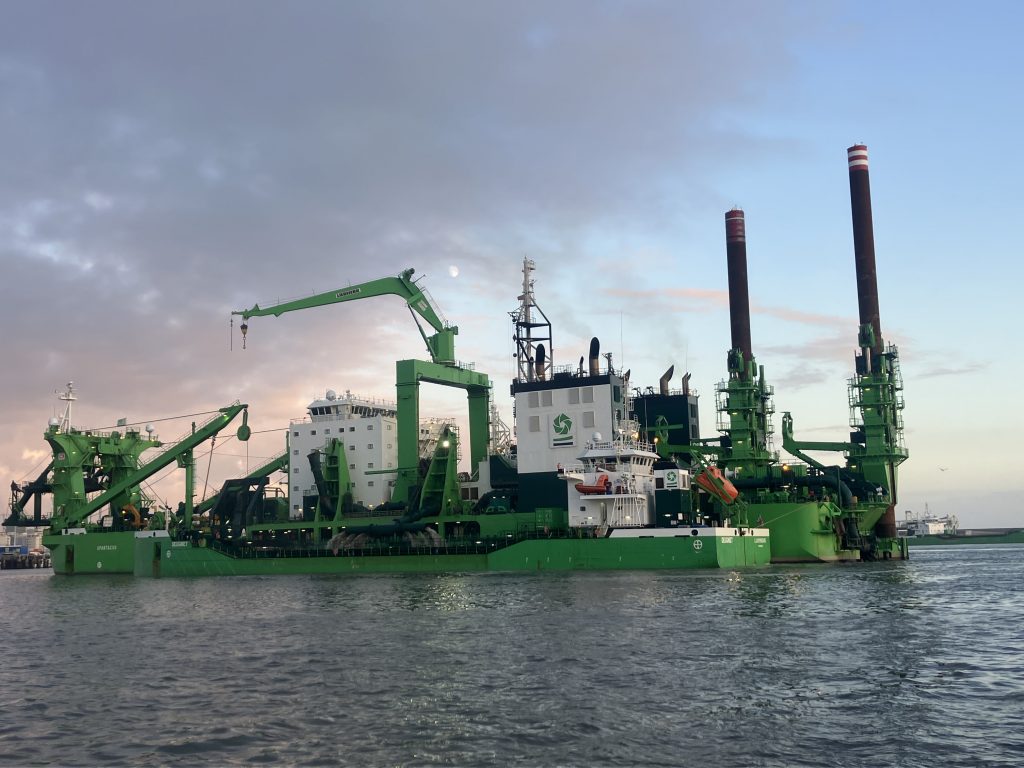
We knew Leixoes was an industrial port, but it was still an eye opener. A gas refinery lined the wall to port as we entered, and we stared at the tankers and the commercial fishing boats around us. We dropped anchor, jaws dropped, next to an industrial dredger the size of an apartment building operating next to us. Just minutes after we dropped the hook, a cargo ship was towed out of the harbor by a couple of tugboats. It was alot of energy and motion given the solitude we had had for the last 11 days, but it didn’t stop us from passing out, no longer sharing night watch!

Recent Comments